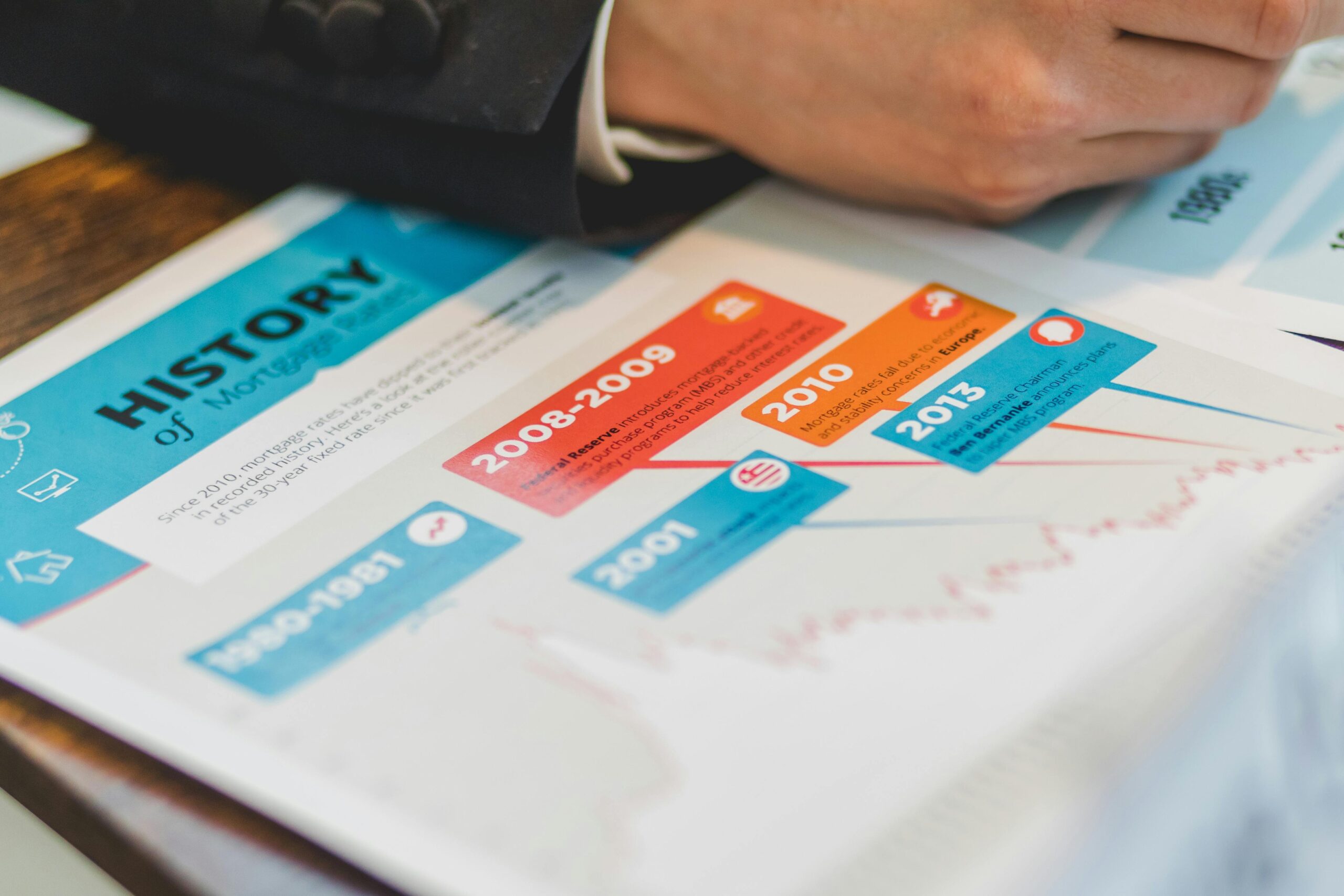“Ever spent hours patching a low-risk vulnerability while a critical one slipped through? Yeah, us too.”
In today’s digital age, where cyber threats evolve faster than your morning coffee cools, vulnerability prioritization has become an absolute necessity. Without it, businesses risk wasting resources or, worse, leaving gaping security holes wide open for attackers. In this guide, we’ll explore why prioritizing vulnerabilities matters, how to do it effectively, and share real-world examples that highlight its power.
Table of Contents
- Key Takeaways
- The Problem with Untamed Vulnerabilities
- A Step-by-Step Guide to Effective Prioritization
- Top Tips for Better Prioritization
- Real-World Examples of Prioritization in Action
- Frequently Asked Questions (FAQs)
- Conclusion
Key Takeaways
- Effective vulnerability prioritization minimizes risks and optimizes resource allocation.
- Risk scoring frameworks like CVSS are essential tools for ranking vulnerabilities.
- Prioritizing doesn’t mean ignoring lesser issues—it means tackling what matters first.
- Automation can significantly boost efficiency but should complement—not replace—human judgment.
The Problem with Untamed Vulnerabilities

Did you know that over 20,000 new software vulnerabilities were reported in 2023 alone? The sheer volume can overwhelm even the most seasoned IT teams. And here’s the kicker: not all vulnerabilities pose equal danger. Trying to fix everything at once is like trying to plug every leak on a sinking ship—you’ll drown before you’re done.
This chaos often stems from outdated practices like:
- Tackling older, easier-to-fix vulnerabilities first instead of higher-risk ones.
- Neglecting business context during assessments.
- Failing to leverage automated tools or AI-driven insights.
Confessional fail alert: I once worked with a company that patched a cosmetic bug on their homepage before addressing a SQL injection flaw that exposed sensitive customer data. Let’s just say they learned their lesson the hard way—after suffering a breach.
A Step-by-Step Guide to Effective Prioritization
How Do You Identify Which Vulnerabilities Matter Most?
Optimist You: “Let’s rank these vulnerabilities ASAP!”
Grumpy You: “Yeah, if only there weren’t 50 tabs open already…”
Here’s how to bring order to the vulnerability storm:
- Inventory Your Assets: Create a detailed map of your systems, applications, and hardware. What exactly are you protecting?
- Assess Risk Levels: Use standardized frameworks like Common Vulnerability Scoring System (CVSS) to assign scores based on severity.
- Add Context: Factor in business impact. Is this server mission-critical, or does it host employee lunch polls? Priorities change accordingly.
- Leverage Automation: Tools like Tenable.io or Qualys provide actionable reports by analyzing thousands of vulnerabilities quickly.
- Communicate Clearly: Share findings across departments so everyone understands why certain actions take precedence over others.
Top Tips for Better Prioritization

What Are the Golden Rules of Prioritization?
Beyond the steps above, follow these pro tips:
- Use Threat Intelligence: Stay informed about emerging threats relevant to your industry. A low-severity issue can become critical overnight if actively exploited.
- Focus on Exploitability: If a vulnerability isn’t easy to exploit, it might sit lower on your list despite its theoretical severity.
- Balance Speed and Accuracy: Automation speeds things up, but human oversight ensures nuances aren’t missed.
- Don’t Ignore Low-Risk Issues Forever: Even minor flaws add up. Schedule regular reviews to keep them under control.
A Terrible Tip:
Some people suggest fixing vulnerabilities alphabetically by name. Sounds efficient, right? No. Just no.
Real-World Examples of Prioritization in Action
How Did One Company Save Millions Through Smart Prioritization?
A global e-commerce giant faced a staggering backlog of 4,000 vulnerabilities. Rather than panic-patching, their cybersecurity team implemented a prioritization strategy:
- They integrated CVSS scores with asset criticality ratings.
- Exploitable vulnerabilities affecting payment systems were tackled immediately.
- Automated scripts flagged low-priority items for quarterly sweeps.
Result? They mitigated 90% of high-risk threats within two months, avoiding potential breaches worth millions.
Frequently Asked Questions (FAQs)
What Happens If We Don’t Prioritize Vulnerabilities?
Without proper prioritization, resources get wasted on insignificant fixes while high-risk vulnerabilities remain exposed, increasing chances of costly breaches.
Is Manual Prioritization Enough?
Manual efforts are crucial but time-intensive. Pairing human judgment with automation tools achieves both speed and precision.
Can Small Businesses Afford This Strategy?
Absolutely! Many open-source and affordable tools offer robust prioritization features tailored for smaller budgets.
Conclusion
Vulnerability prioritization isn’t just another buzzword in cybersecurity—it’s the backbone of any robust defense strategy. By focusing on what truly matters, leveraging technology wisely, and maintaining clear communication, you can protect your assets and peace of mind.
To recap:
- Prioritize based on risk and business impact.
- Use tools and frameworks to streamline workflows.
- Review regularly to prevent backlog buildup.
Now go shield those digital fortresses—and may your next audit feel as smooth as dial-up internet never was. Like Pac-Man chasing ghosts, stay ahead of those lurking threats!
Random haiku:
Code whispers secrets,
Hackers stalk the darkened web,
Patch wisely, my friend.


